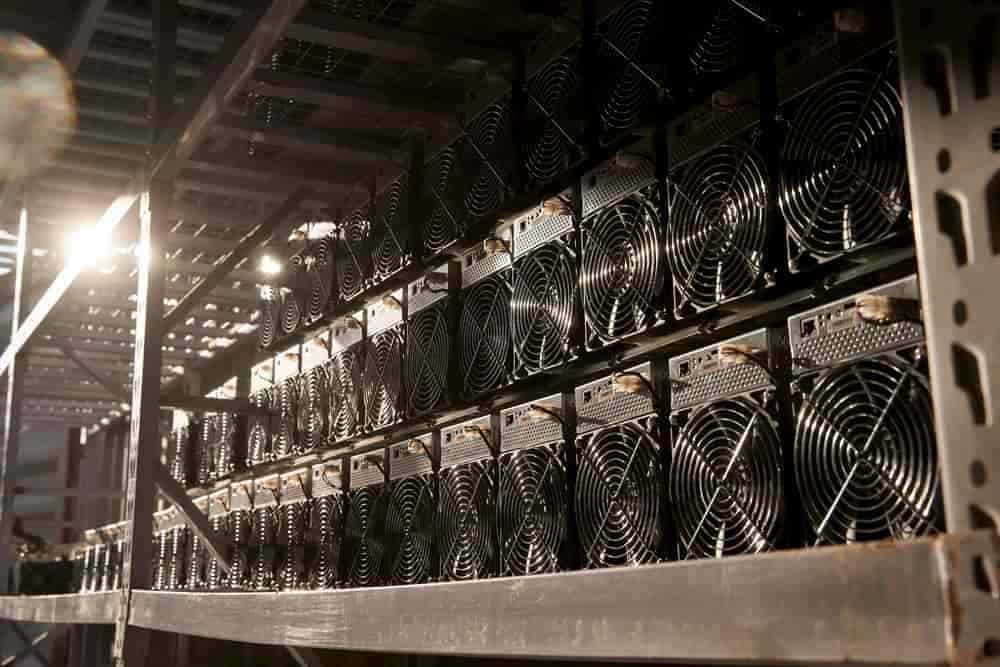The Bitcoin mining difficulty increased by 6.17% on August 22, reaching an all-time high of 55.62 trillion hashes, as the Bitcoin Network hashrate continues to rise despite past increases in the difficulty adjustment. And different than some might believe, this is usually not good for Bitcoin (BTC).
Difficulty adjustment on Bitcoin mining is a protocol feature created by Satoshi Nakamoto that serves to keep an average interval of 10 minutes between every new block that is discovered by Bitcoin miners, filled with transactions, and then added to the blockchain. This adjustment directly impacts mining profitability, as increased difficulty also means increased costs for the activity.
With a sustained increase in mining difficulty over time, Bitcoin miners are working ‘underwater’, as the average cost to mine one single BTC has been superior to the average price of 1 BTC in the spot market year-over-year since August 2022. The Bitcoin Network now registers a hashrate of 446.6 EH/s (exahashes per second), with a mining difficulty of 55,621,444,139,429 hashes to find a block. Data was retrieved by Finbold from the mempool.space network explorer on August 23.

Why is increasing mining difficulty bad for Bitcoin?
The Bitcoin mining activity is a high-cost business model. That requires a physical structure, specialized equipment (known as ASICs), high consumption of energy, and specialized know-how.
Bitcoin miners ‘mine’ in the expectation of discovering the next block with the block subsidy of 6.25 BTC (~$162,500), which is then used to pay for the costs (usually in US dollars), and collect the profit (being in BTC or USD, according to miners choice). For every 210,000 blocks discovered, the block subsidy is halved (cut by half), in an event called ‘Bitcoin Halving’.
With an increased difficulty, the work needed to receive the same reward also increases — as so do the costs, and the risks of the activity. Miners work more to receive the same payment, which is also directly affected by Bitcoin’s price in the spot market.
The higher the costs, also the higher the amount of newly circulating BTC that miners must sell in order to cover these costs. The more Bitcoin is sold in the market, the more the price can be negatively affected by this extra supply, if demand remains the same (or lower).
Creating a vicious cycle because, with lower prices, miners’ rewards in USD get even lower.
The Hashprice Index, by Luxor Mining, illustrates the effects of a growing hashrate and mining difficulty adjustment — measuring the expected receiving amount per calculated hashrate. This index is also heavily affected by the Bitcoin halving, every four years.

Bad for Bitcoin’s decentralization
Besides the possible negative consequences for Bitcon’s price — which are usually short-term consequences — the described events could cause many Bitcoin miners to be forced to close their businesses.
Usually, small or medium miners are the mostly affected entities, as big miners can use different hedging strategies, have healthier structures, and have easier access to cheaper capital (as in loans or private funding).
Therefore, as small and medium miners could be forced to close, there are fewer entities capable of keep working and growing their businesses, which could cause an effect of increased centralization over time, in a sort of economy of scale dynamics.
However, what is expected by most Bitcoin advocates is that this could cause the network hashrate to decrease, also decreasing the mining difficulty, and allowing small and medium miners to get back to business.
Although historical data shows otherwise, with both hashrate and difficulty adjustments growing over time, while bigger mining pools continue to earn a bigger share of block rewards, as seen in this comparison between the percentage of blocks each pool has mined in both a 3-year and 1-year time frames.

As per the image, the two biggest mining pools (Foundry USA and AntPool) are growing their dominance for hashrate, block discovery, and collected rewards over time.
Considering that Foundry USA went from 16.58% to 29.52% of the total, and AntPool went from 16.03% to 20.48% of network dominance, for a period of three years and one year, respectively.
Bitcoin’s value perception is directly connected to the security of the system, which is also directly connected to the decentralization of the network. A decreasing decentralization could possibly impact the market’s value perception over the leading cryptocurrency.







